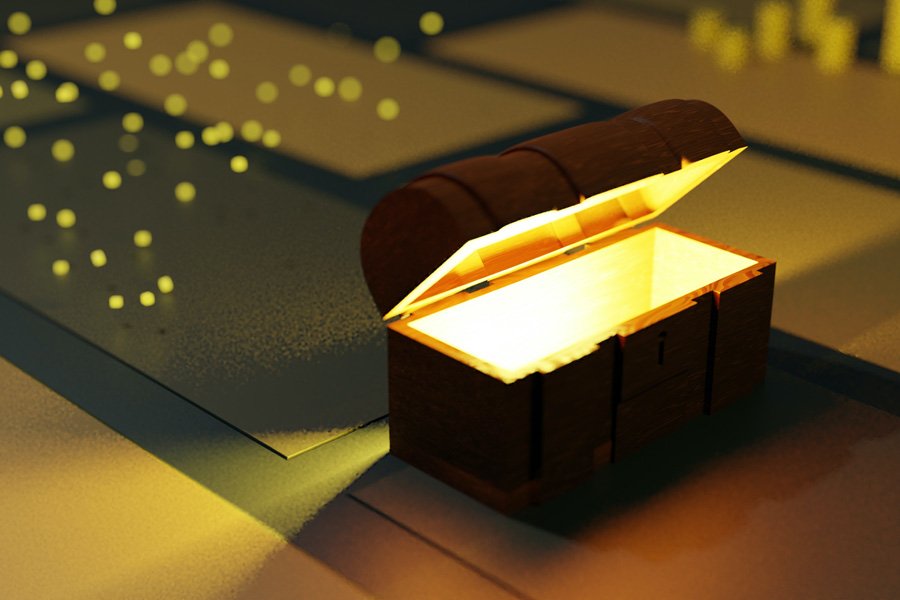Building Busy Boxes for Preschoolers
Photo by Ashin K Suresh Unsplash
Edutopia offers suggestions for building ‘busy boxes’, organized around lessons or children’s individual interests, to encourage preschoolers to engage in independent play.
Noting that “preschoolers often experience big emotions throughout their day, and it is important for them to have opportunities to play by themselves” Andrea Callahan, herself a preschool educator, writes in an Edutopia article of the value of having ‘busy boxes’ available for children to access when they require time for quiet, private play during their day.
Andrea explains, “Busy boxes are containers that are filled with age-appropriate materials meant to engage preschoolers and promote independence. It is important to have enough boxes so that children do not have to share. The busy boxes can be made using baskets, plastic containers, shoeboxes, or tote bags. They should be small enough for children to carry themselves. I’ve selected boxes that fit in our preexisting cubbies to make storage easier. After you’ve decided what to put in the busy boxes, it takes only minutes to put them together. Rotating the boxes that children have access to also keeps their interest level high.” She also suggests setting expectations and modeling for the children how to use the boxes appropriately and clean up after themselves.
The article discusses three types of ‘busy box’: center-based, project-based and individualized boxes.
Suggestions for center-based boxes include:
· Art: focusing on process-oriented creativity, with paper, crayons, colored pencils, stickers, markers, a clipboard, art books for inspiration, and picture-based art prompts. She does not include scissors, noting that scissors (including safety scissors) require adult supervision.
· STEM: with, for example, fidget toys, puzzles, small animal figurines, foam shapes, plastic links, nesting toys, and number flash cards. She doesn’t recommend items such as heavy blocks or Lego, which can be noisy or take extra time to clean up.
· Language arts and dramatic play: with, for example, picture books, audio books with headphones, finger puppets, felt storyboard and characters, recipe cards, and dollhouse figurines.
Project boxes can serve as more structured learning provocations to enable children to make observations and develop problem-solving skills. She suggests familiarizing children with some subject-related vocabulary beforehand to enhance their engagement with the boxes. The suggestion is to include open-ended materials such as paper, crayons, pictures, modeling material, etc. but to give children a set task to complete and prior knowledge of the concept to help minimize frustration.
For individualized boxes, Andrea suggests “one way to increase excitement for busy boxes is to have your preschoolers design, decorate, and fill their boxes with materials, activities and books that are highly appealing to them”, reminding them that the items they select are meant to be used independently, without teacher assistance.For the individualized boxes, she recommends setting time every few weeks to update and change out the content of the boxes, to keep interest high.
